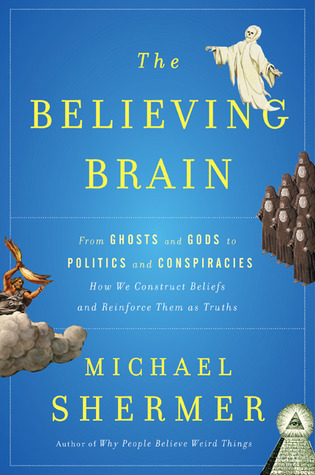More on this book
Community
Kindle Notes & Highlights
Read between
March 24 - April 22, 2023
What you believe is what you see. The label is the behavior. Theory molds data. Concepts determine percepts. Belief-dependent realism.
know the mind itself and you know humanity.
anxiety is related to magical thinking.
we think clearer and make better decisions when we feel we are in control.
“Several psychological studies appear to support [seventeenth-century Dutch philosopher Baruch] Spinoza’s conjecture that the mere comprehension of a statement entails the tacit acceptance of its being true, whereas disbelief requires a subsequent process of rejection,”
Spinoza’s conjecture: belief comes quickly and naturally, skepticism is slow and unnatural, and most people have a low tolerance for ambiguity
Words matter and labels carry baggage.
Believing in God provides an explanation for our universe, our world, and ourselves; it explains where we came from, why we are here, and where we are going.
James Madison was thinking of when he penned his famous dictum in “Federalist Paper Number 51”: “If men were angels, no government would be necessary. If angels were to govern men, neither external nor internal controls on government would be necessary.”
Your freedom to swing your arms ends at my nose.
The confirmation bias is best captured in the biblical wisdom Seek and ye shall find.
“When the mind is confronted with more information than it can absorb, it looks for meaningful (and usually confirmatory) patterns. As a consequence, we tend to minimize evidence that is incongruous with our expectations, causing the dominant worldview to bring about its own reaffirmation.”


